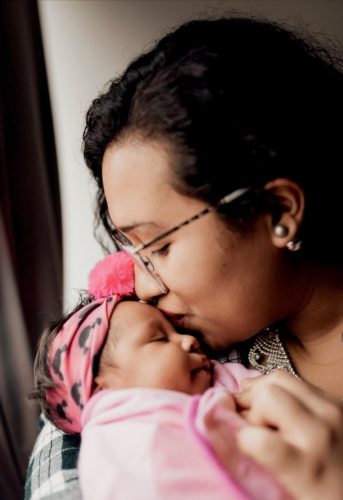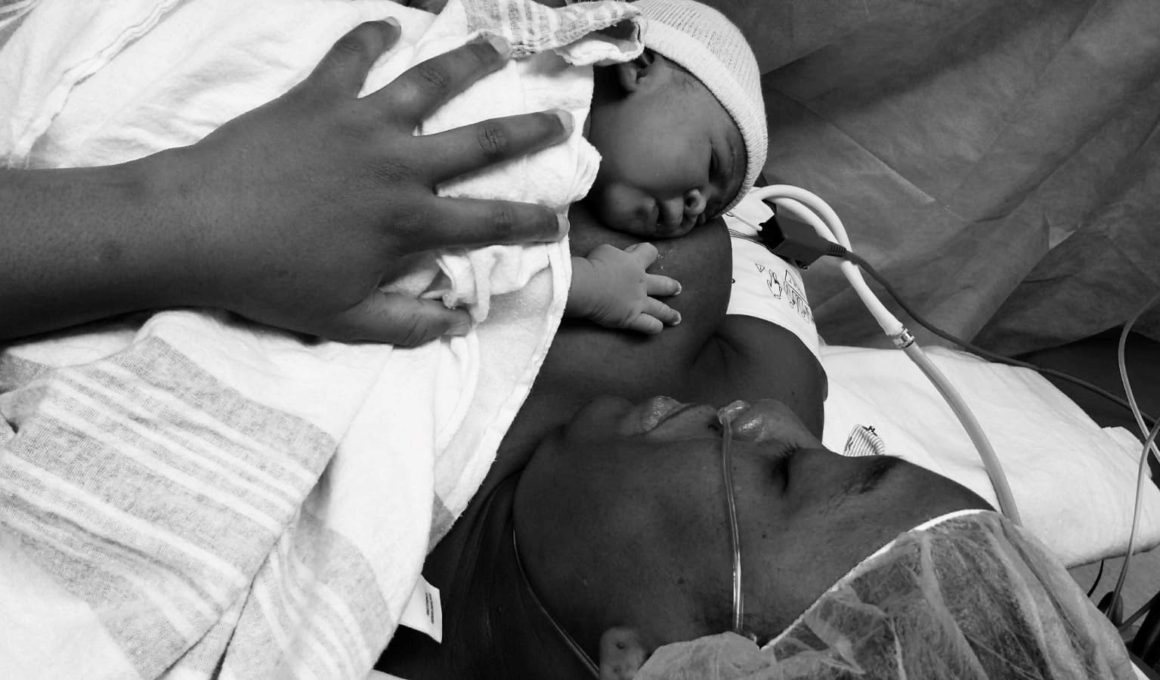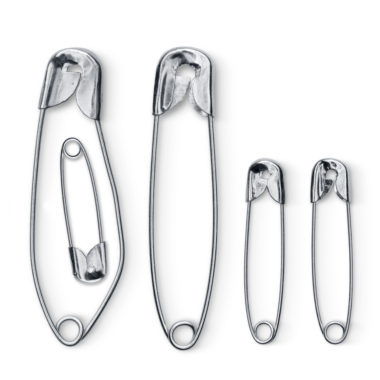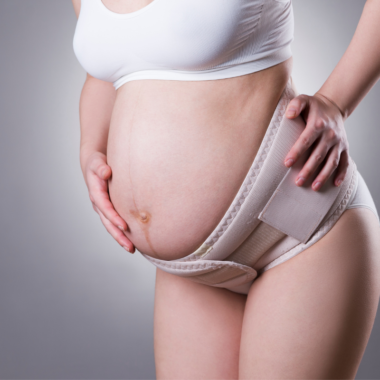As a Birth Doula, I’m frequently asked for advice on a smooth recovery after a cesarean (C-section) delivery. A C-section is an abdominal surgery where the baby is delivered via an incision in your lower abdominal wall, just above the pubic bone.
So, let’s be honest, having a C-section is no minor procedure – it is a major surgery that requires about 6 weeks of recovery time. Do not let this fright you, throughout this article, I will provide some additional support to anyone undergoing a C-section, whether planned or unplanned.
1). Hire a Birth Doula.
There is a common misconception that Birth Doulas only support vaginal deliveries. This is completely untrue. A Doula ensures that you are well informed before your procedure and answers any questions that you may have. A Doula also provides you with support before your surgery, to manage the pain of administering IV fluids, spinal, or an epidural for your surgery. During the postpartum period, your doula can also apply comfort measures, breastfeeding support, and act as a liaison between your family and the hospital staff to address any special needs you may have. Throughout your 6-week recovery at home, you can also look into hiring a Postpartum Doula.
Hiring a doula is HIGHLY recommended.
Related: 5 Ways To Naturally Induce Labor
2). Create a rock-solid postpartum support plan.
I cannot begin to express how imperative it is for you to establish a postpartum care plan. Your recovery time will be about 6 weeks, during which you will have limited mobility. Creating that space with your support team (family, friends, doula) can save you tons of anxiety and worry after surgery. You should begin to imagine how you envision your space and recovery – from baby care in the hospital, lactation support for breastfeeding, to meal preparations and household chores. I always tell my clients it is better to be over-prepared and over-informed.
*A Doula guides you through the creation of your care plan.
3). Drink lots of water.
The first few toilet trips after a C-section will hurt…. A LOT. The mixture of pain medications after a C-section can also lead to constipation. You want to ensure that you are hydrated to keep your bowels moving and to avoid straining when using the bathroom. Keeping properly hydrated can also stimulate breastmilk production. Try aiming for at least a gallon of water per day throughout your recovery, and beyond.
4). Try some light walking-but do not overdo it.
Research suggests that moving around after a C-section may result in a quicker and healthier recovery. It may seem impossible, and the pain will be excruciating when standing. However, it will get easier every time – I believe in you, you can do it!
5). Do not do anything abdominally strenuous and avoid lifting anything heavier than your baby.
It is very important to be gentle and patient with your body as it begins to heal. Do not perform any rigorous exercises or activities. Even when getting up, try using your side and your arms to lift you up and avoid using your abdomen as much as possible. Research also discourages heavy lifting and bending. Further, The American College of Obstetricians and Gynecologists recommends not placing anything inside the vagina for several weeks after a C-section, to avoid infection.
6). Rest as much as possible and never shy away from accepting help.
You are going to need your rest; it is an important aspect of your healing and recovery. Whether someone offers to cook for you-or do your laundry. Please, accept that opportunity to rest and relax. You’ve just given birth and I know it’s easy to feel like you aren’t doing enough for your baby but it is important to remember that you are doing the best that you can. Your best is good enough.
Related: I Had THREE VBACS After Two Cesarean Births – My Experience
Even directly after the surgery – I’ve had persons tell me that staying in the hospital for as long as possible after their C-section was one of the bests decisions they’ve made. They were able to relax and recover while being supported 24/7 by their health team. Do what is right for you.

7). Never ignore warning signs.
Always monitor your wound for possible signs of infection. If ever you feel like something isn’t right, contact your health provider instantaneously. It is your body and you must never be afraid to advocate for yourself.
Studies have determined that it takes a person’s body at-least a year to internally recover after birth, whether having a vaginal or c-section delivery.
With a cesarean incision, evidence-based research tell us that a person’s wound usually requires 6 weeks to heal, with proper care. Although research has deemed this true, it is important to understand that every person’s body is different and recovery may take longer or shorter periods depending on each circumstance.
To close, I should mention that evidence-based research suggests that C-sections due to suspicion of a big baby isn’t a recommended reason for a cesarean. A cesarean is recommended when medically necessary. You can read more of this research here.
This is your birth. This is your body. This is your journey. You are going to do amazing!!
- Shocking Truths About Postpartum Sex - October 11, 2021
- Tips for Getting Your Infant/Toddler to Nap During the Summer - July 27, 2021
- Going Into Labor Soon? Birth Phases You Can Expect - September 28, 2020








